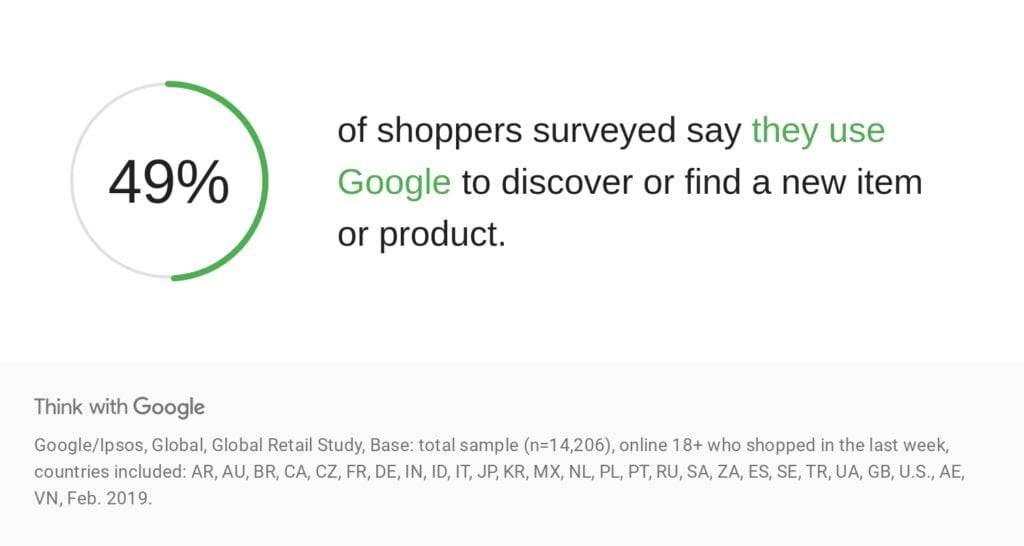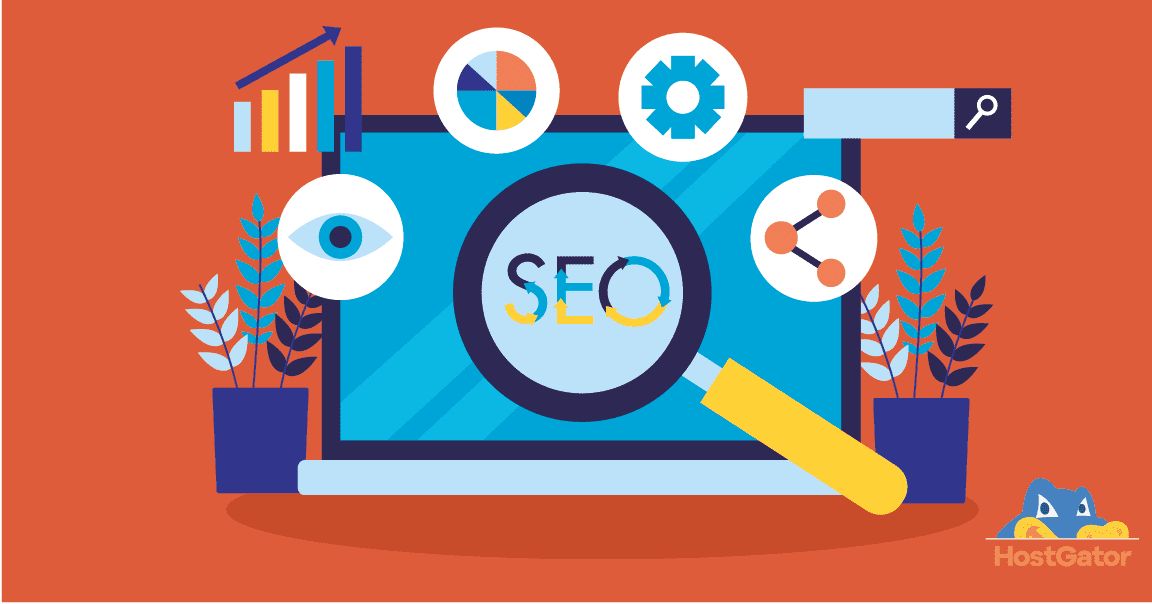Small businesses are spending a lot more of their marketing resources on social media than on SEO, according to a recent survey of 500 U.S. small-business owners. Thirty-seven percent say social media is their most successful way to reach customers, while only 5% say that about SEO.
That’s understandable. Posting on social media is fun, easy, delivers near-instant feedback and can drive short-term results. SEO, on the other hand, isn’t flashy and can take a while to deliver results.
However, a good SEO program can grow your business in ways that social media can’t, so you need both to have a truly effective marketing program. Basic SEO isn’t especially complicated or hard to learn. And with the big shift to online shopping, SEO can make the difference between being found by new customers or losing out to more SEO-savvy competitors.
So, how do you build an SEO program for your business? Start with something you already know—your customers.
Look at how your customers shop
To understand how and when SEO and social media help you connect with customers, it’s important to understand how your customers decide to buy the kinds of things you offer. Typically, customers move through three very general stages when they’re shopping.
- Awareness: Awareness can happen in a couple of ways. One is becoming aware of an existing problem. For example, your customer’s coffee maker breaks, and they know they need another one right away. Another type of awareness is learning about an appealing product. For example, your customer sees a handbag with a picture of a vampire pug on it and they want it.
- Research: Even for impulse purchases, you can assume your customers are doing their homework. Way back in 2018, even before we were all spending so much time online, 88% of consumers researched purchases before buying. Research can mean seeking out the best coffeemakers with timers, or it can mean checking the reviews of an online store before buying a vampire pug handbag from them.
- Purchase: Once your customer feels satisfied that they’ve got the best product, price and merchant, they’ll buy.
Moving through these stages can happen slowly. For example, if you’re planning to buy a top-of-the-line refrigerator for your new home, you’re probably going to spend a lot of time researching different models, manufacturers and retailers.
Or customers can move through all three stages quickly. Maybe they see a T-shirt they know their dad would love, so they do a quick check to make sure the merchant is legit and then they snap it up. Or maybe they realize they’re out of coffee beans, so they open their browser and order more before they finish breakfast.
How do your customers move through this process? If you’ve already created personas for your ideal customers, you may know already. If not, you’ll need to look at data like
- Where customers come from to get to your site.
- The keyword searches that lead to productive visits to your site.
- How visitors move around your site (are they reading your informative content, like buying guides?)
You can also survey your customers to find out how they prefer to shop. And once you have a clear idea, you can see where social and SEO can connect with them.
Social media for building brand awareness and driving impulse traffic
Social media is great for letting people know about your business, which means it’s important for the awareness stage of the buying process. It’s also important for building relationships that can feed into the research and purchase stages of shopping.
When customers know about your brand and like it, they’re more likely to consider it when they’re researching a purchase. And, of course, they’re more likely to make an impulse purchase when you post flash sale info or a special offer.
This is all good. But if you’re relying solely on social, you’re probably missing a big chunk of your potential audience—just when they’re ready to spend money.
SEO for reaching customers when they’re ready to spend
The reason SEO reaches customers just before they open their wallets is because most people use search engines to figure out where to spend their money. Consider these figures from Google:
- Worldwide, 74% of shoppers who buy from nearby stores said they search for in-stock products, locations and hours before they leave the house.
- 60% of smartphone users have reached out to a business from a search results page.
- Nearly half (49%) say they use Google to get suggestions on which products to buy.

Clearly, a lot of shoppers are moving directly, or nearly directly, from searching to buying. If your business isn’t showing up in their search results, you’re missing out on sales.
The key to appearing in the searches all these customers are doing? SEO.
Get to know the basics of SEO
SEO (search engine optimization) is a fancy way of saying you’re making it easy for people to find your business online by appearing as high as possible in search results.
The basics of SEO include:
- Keywords: things like “best dog groomer near me” and “local wineries” are examples. Check your Google Analytics dashboard to see which keywords your customers use to find you.
- Content: All the words and media on your site. All of it should center on keywords your customers use and have relevant tags and headings.
- Headings: parts of your webpages and blog posts that search engines scan for information. For example, “Get to know the basics of SEO” is a level 2 header that explains to a search bot what this section is about. Use keywords to make your headings relevant.
- URLs: At a minimum, your URLs should indicate what each page on your site is about, like “https://www.Virtue Media.com/cloud-hosting.”
- Metadata and tags: behind-the-scenes keyword labels on your content that tell search bots what’s on your site.
The best way to learn how to use these basic SEO elements is to watch our 5 Steps to SEO Success webinar.
With our Web Pros’ guidance and some free tech tools they’ll show you, you can set up or improve your Google My Business profile and boost your website’s SEO. Then you can reach more customers at more points along their shopping journey – awareness, research and purchase.
Want to start building your SEO program now? Connect with Virtue Media’s professional SEO services.




![Yes, B2B Websites Can Use Personalization Too [Here’s How]](https://mdvirtue.com/wp-content/uploads/2022/02/Yes-B2B-Websites-Can-Use-Personalization-Too-Heres-How-400x250.jpeg)

0 Comments